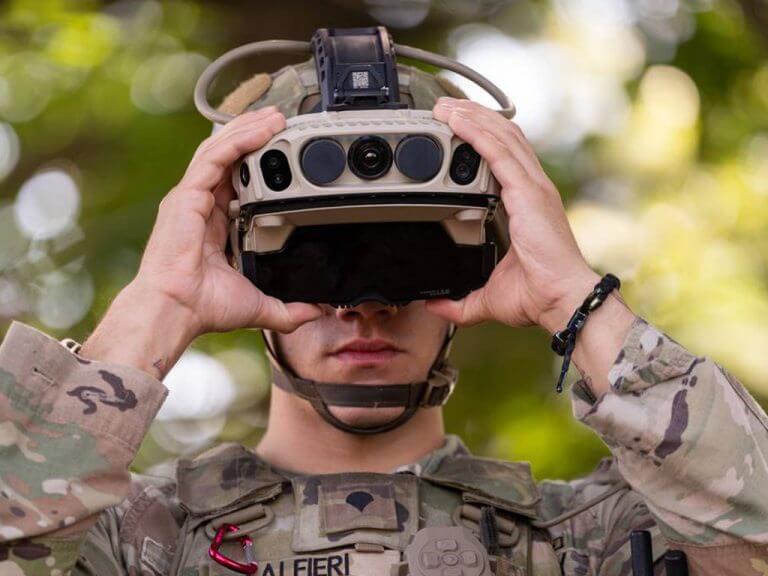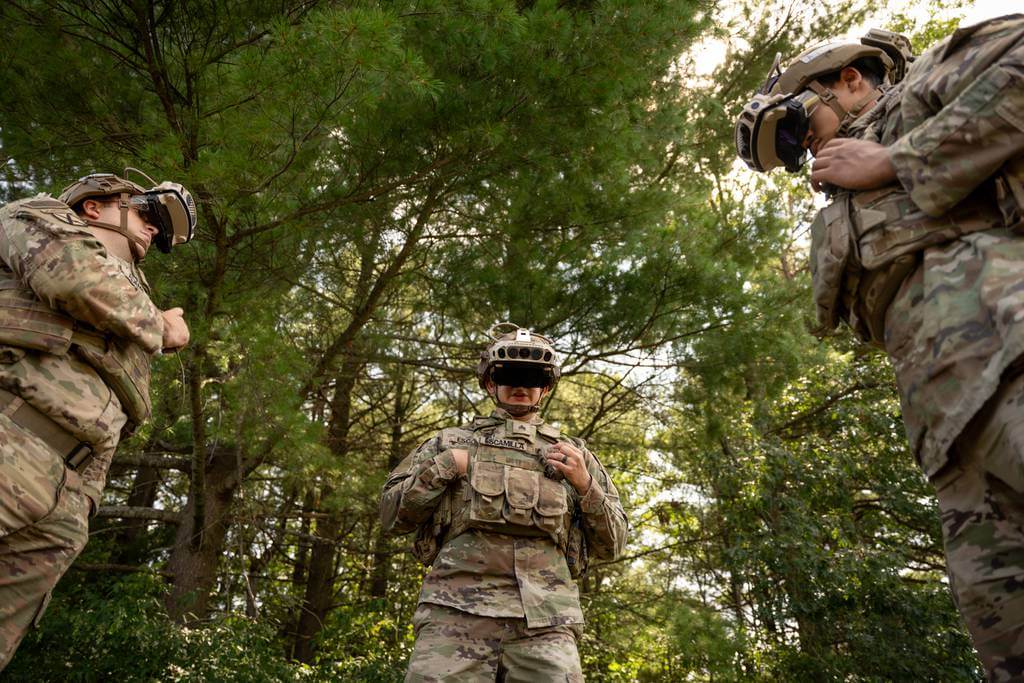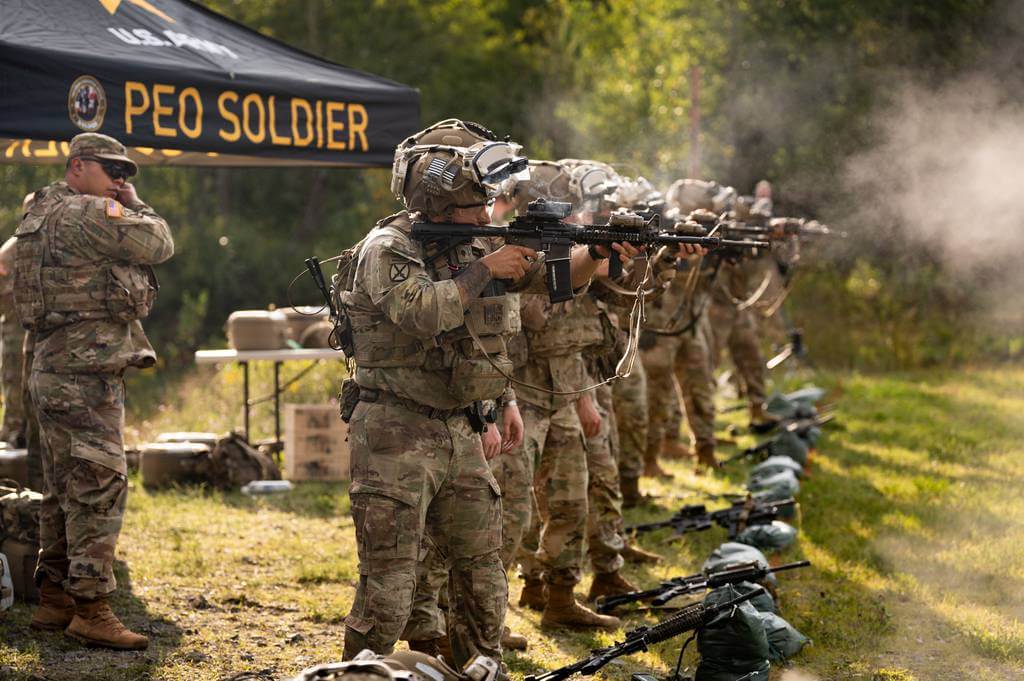Microsoft has been toiling away on its joint augmented reality headset venture with the US Army for well over two-years, however, the past couple of months have been make-it or break-it phases in the multi-billion-dollar deal between the two and fortunately for the HoloLens maker, they’ve seemed to have made-it.
According to ArmyTimes, the top civilian Army associate involved with acquisitions has given Microsoft the go ahead to the continue with the next phase of their potential $22 billion dollar endeavor.
Back in May of this year, the 1st Battalion, 87th Infantry Regiment, 1st Infantry Brigade Combat Team, and the 10th Mountain Division sent soldiers to test branches co-developed Integrated Visual Augmentation System on Microsoft’s HoloLens headset, and results were mixed, at best.
Initial responses from the soldiers when using the 1.1 prototype headsets consisted of complaints about the fit and feel that resulted in participants feeling nauseous, getting headaches and generally disoriented.
Microsoft’s HoloLens team has been working overtime to address soldiers’ complaints while also attempting to appease Congress which held up partial funding of the project until better results were achieved.
Moving on to the next phase of the IVAS and HoloLens development will now incorporate merging cloud aspects of IVAS to help boost tools and additional software. Another hurdle in front of Microsoft during this phase will be addressing scale, if the project gets final approval.
Microsoft has been rumored to be developing a slimmer version of the HoloLens 2 headset which might address both fit and feel concerns from soldiers as well as how the company can build thousands of headsets in a short amount of time at an affordable price tag for the US Army.
Not only will Microsoft need to come up with a production scale solution, but the cloud computing aspect of the joint venture still poses a decent headache for the company as it will need to find a way to relay tactical edge computing to the headset in less than desirable situations.
ArmyTimes also revealed some details as to what these new battle-tested HoloLens headsets will be capable of that include relaying virtual terrain mapping captured by microdrones, navigation, wayfinding, applications store to download job-assisting apps, improved night vision with overlay capabilities, and more.
Since receiving feedback on its 1.0 HoloLens prototype for the Army, the company has delivered over 20 additional prototypes and added the following tweaks to its approved 1.2 version such as, ” a hinge-like flip-up helmet mount instead of the strap-on goggle, a counterweighted battery on the back of the helmet and options to mount the controller along the user’s rib cage instead of on the chest and streamlined cabling to avoid entanglement.”
Moving on to the next phase of this deal with the Army is huge for Microsoft as it works with a skeleton crew from the HoloLens team to try and secure the multi-billion dollar deal it originally announced back in 2020.




